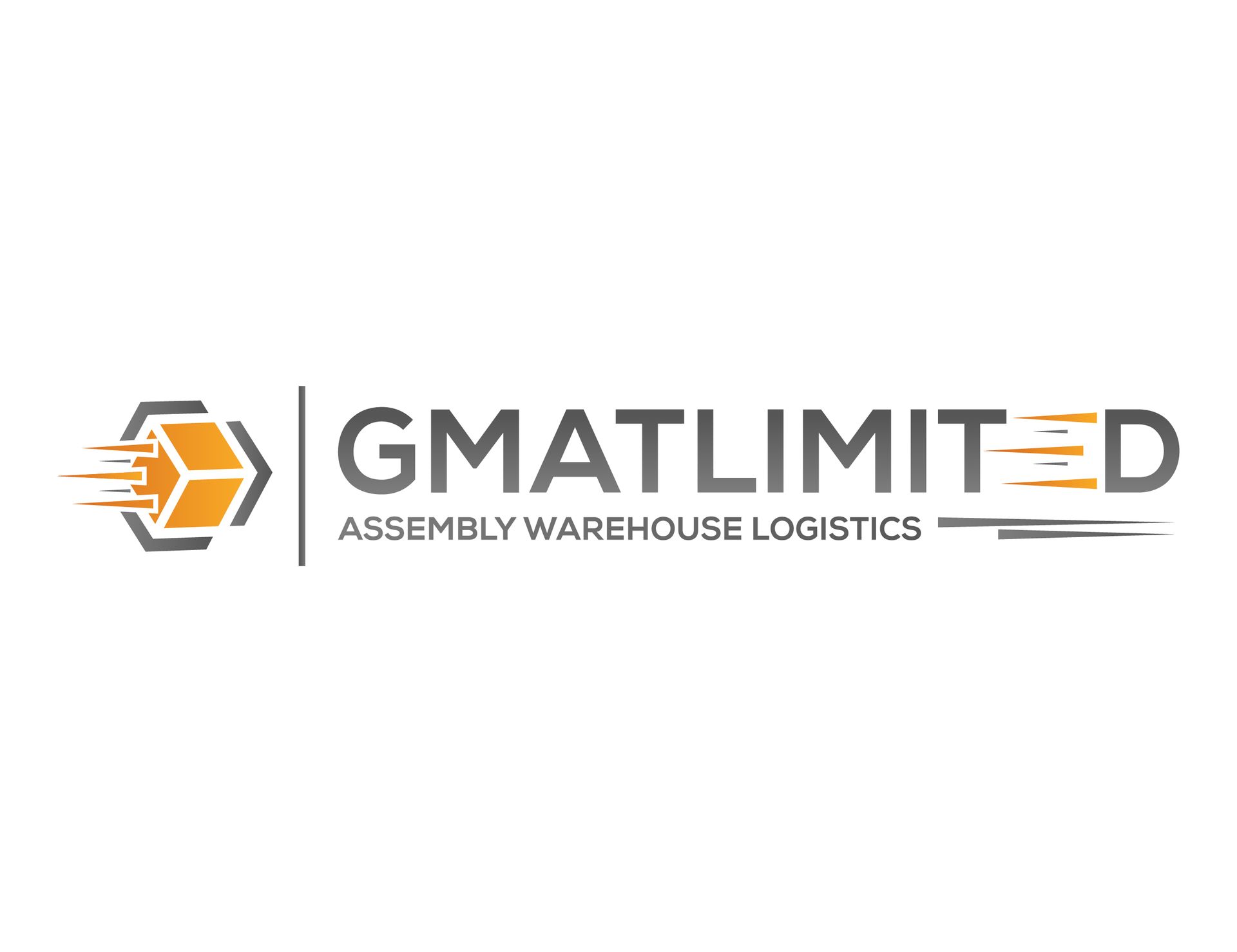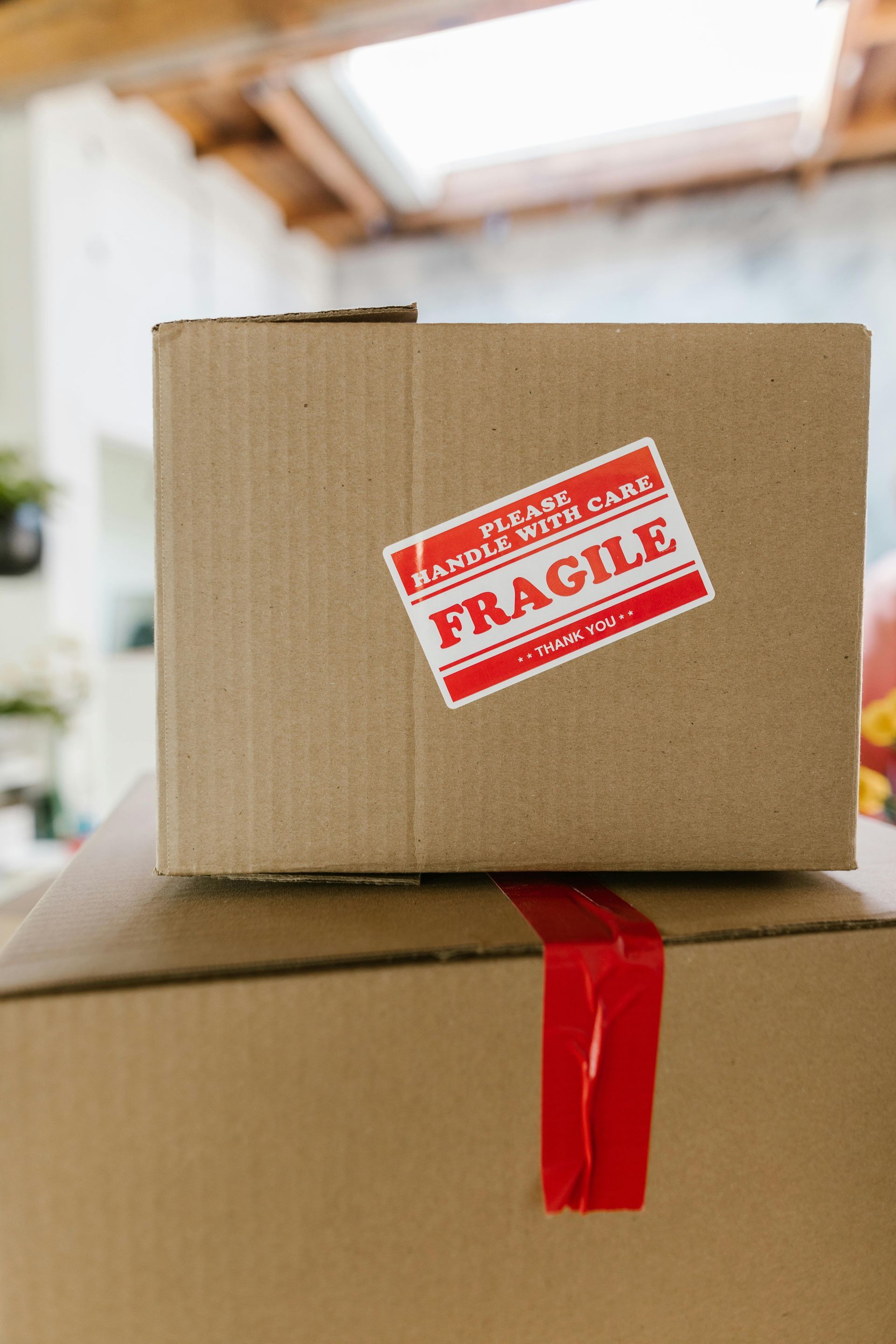Everything You Should Know About Returns Handling
Returns handling is a vital aspect of any retail or e-commerce operation. As online shopping grows, so do return rates. Managing returns effectively is crucial for maintaining customer satisfaction, controlling costs, and ensuring smooth reverse logistics. A return process that is well-organized and customer-friendly can create a competitive advantage, build loyalty, and minimize operational disruptions.
Handling returns involves receiving, inspecting, restocking, repairing, or disposing of products that customers send back. It requires coordination across logistics, customer service, warehouse operations, and finance teams. Whether dealing with damaged goods, wrong items, or simple buyer remorse, a clear returns handling strategy can make a significant difference in business success.
Key Takeaways:
- Returns handling impacts customer satisfaction and brand trust.
- A well-managed returns process reduces operational costs.
- Reverse logistics require planning, resources, and coordination.
- Clear return policies improve transparency and reduce disputes.
- Technology can streamline and automate returns handling.
- Returned goods can be restocked, refurbished, or resold.
Why Returns Handling Matters in E-Commerce
Returns are an inevitable part of e-commerce. Unlike in physical stores, customers cannot inspect products before purchasing, which increases the likelihood of returns. According to various retail studies, e-commerce return rates often range between 20% and 30%, much higher than in-store rates.
A poor returns experience can lead to lost customers and negative reviews. On the other hand, businesses that handle returns smoothly and fairly often see higher customer retention and repeat purchases.
Key reasons why returns handling is important are:
- Customer expectations: Shoppers expect easy and free returns.
- Brand perception: A hassle-free return builds trust.
- Inventory accuracy: Proper processing ensures updated stock levels.
- Cost control: Efficient returns reduce waste and restocking costs.
The Returns Handling Process: Step by Step
Understanding how returns move through the system is the first step to improving it. The returns handling process typically includes the following steps:
- Initiation: The customer requests a return through an online form or support team.
- Approval and Instructions: The company approves the return (if eligible) and provides instructions or a return label.
- Shipping and Receipt: The item is shipped back to a warehouse or processing center.
- Inspection: The returned product is inspected for damage, wear, or fraud.
- Disposition: Depending on the condition, the item is restocked, refurbished, donated, or discarded.
- Refund or Exchange: The customer receives a refund, credit, or replacement item.
Common Types of Returns
Not all returns are the same. Understanding the reason behind returns can help businesses reduce them in the future and improve processes.
Categories of returns:
- Defective or damaged items: Products that arrive broken or malfunctioning.
- Incorrect items: The customer received the wrong product.
- Changed mind: The customer no longer wants the item.
- Wrong size or fit: Especially common in apparel and footwear.
- Product not as described: Mismatch between product listing and reality.
Businesses can use return reason data to improve product descriptions, images, sizing guides, and packaging.
Key Challenges in Returns Handling
Handling returns presents several challenges for e-commerce and logistics teams. If not addressed properly, these can lead to higher costs and lower customer satisfaction.
1. Operational Costs
Processing returns requires labor, space, packaging, and sometimes repair or disposal. Returns can cut deeply into profit margins.
2. Inventory Management
Returned items need to be accurately recorded, inspected, and either restocked or removed from inventory. Errors can lead to stock inaccuracies and fulfillment issues.
3. Fraud and Abuse
Some customers take advantage of return policies. Examples include returning used items or claiming defects on undamaged products.
4. Logistics Complexity
Coordinating reverse logistics is more complicated than outbound shipping. It involves pickup, inspection, and routing to different facilities or channels.
5. Environmental Impact
Excess returns can contribute to waste and carbon emissions. Responsible return practices can help reduce environmental harm.
Best Practices for Returns Handling
Adopting the right strategies can make the returns process more efficient, reduce costs, and improve the customer experience.
1. Create a Clear Return Policy
Ensure your return policy is easy to find, understand, and follow. Clearly outline:
- Eligible items
- Time frame for returns
- Refund or exchange options
- Return shipping costs
A clear policy prevents misunderstandings and reduces customer support workload.
2. Automate Return Requests
Use return management software or e-commerce tools to automate the initiation and approval process. Customers should be able to:
- Request a return online
- Print a prepaid label
- Track their return status
Automation reduces manual work and speeds up processing.
3. Inspect and Sort Returns Efficiently
Establish a process for quickly inspecting and categorizing returned goods:
- Restock if unused and in good condition
- Repair or refurbish when possible
- Recycle or dispose of unsellable items
Use barcode scanning and warehouse management systems to log and route returns.
4. Use Data to Reduce Returns
Analyze return reasons and patterns to improve product quality and customer experience. For example:
- Adjust sizing charts based on return data
- Improve product photos or descriptions
- Identify suppliers with high defect rates
5. Offer Flexible Return Options
Depending on your business, consider:
- In-store returns for online orders
- Local drop-off points
- Longer return windows during holidays
Flexibility can boost customer satisfaction without increasing returns abuse.
Return Disposition Options
Returned items must be evaluated and directed appropriately. These are the main options:
| Disposition Method | Description | When to Use |
|---|---|---|
| Restock | Return to inventory | Item is unused and undamaged |
| Refurbish or Repair | Fix and resell | Minor defects or damage |
| Resell via Outlet | Sell at a discount | Open-box or lightly used |
| Donate | Give to charities | Unsellable but usable |
| Recycle or Dispose | Responsible disposal of materials | Damaged or unsellable items |
Choosing the right disposition method depends on cost, product type, and condition.
Technology and Tools for Handling Returns
Technology can greatly improve returns management by reducing human error and streamlining workflows.
Return Management Software
Tools like Loop, Returnly, or AfterShip simplify return requests, approvals, and tracking. Many integrate directly with e-commerce platforms.
Warehouse Management Systems (WMS)
A WMS helps track returned items, record their condition, and direct them to the appropriate bin or action.
Analytics and Reporting Tools
Analyze return rates, reasons, and patterns to optimize policies and reduce future returns.
Frequently Asked Questions
What is returns handling?
Returns handling is the process of managing returned products from customers, including receiving, inspecting, restocking, or disposing of items.
Why is handling returns important?
Efficient returns handling helps maintain customer satisfaction, control costs, and keep inventory accurate.
What happens to returned items?
Depending on their condition, items may be restocked, repaired, sold at a discount, donated, or recycled.
How can companies reduce returns?
By improving product descriptions, sizing guides, and quality control, and using data to identify common return reasons.
Are returns more common in e-commerce?
Yes, online shopping tends to have higher return rates due to the inability to see or try items before purchasing.
Final Thoughts
Returns handling is a complex but essential part of modern retail and e-commerce. With the right strategies, businesses can turn returns into opportunities for improvement and customer loyalty. A well-planned process reduces waste, controls costs, and provides a seamless customer experience. By leveraging technology, analyzing data, and maintaining transparency, returns handling can become a strength rather than a challenge.
Need help in managing returned orders? We can help.
Reference:
https://www.oracle.com/asean/scm/logistics/warehouse-management/what-is-warehouse-management/













